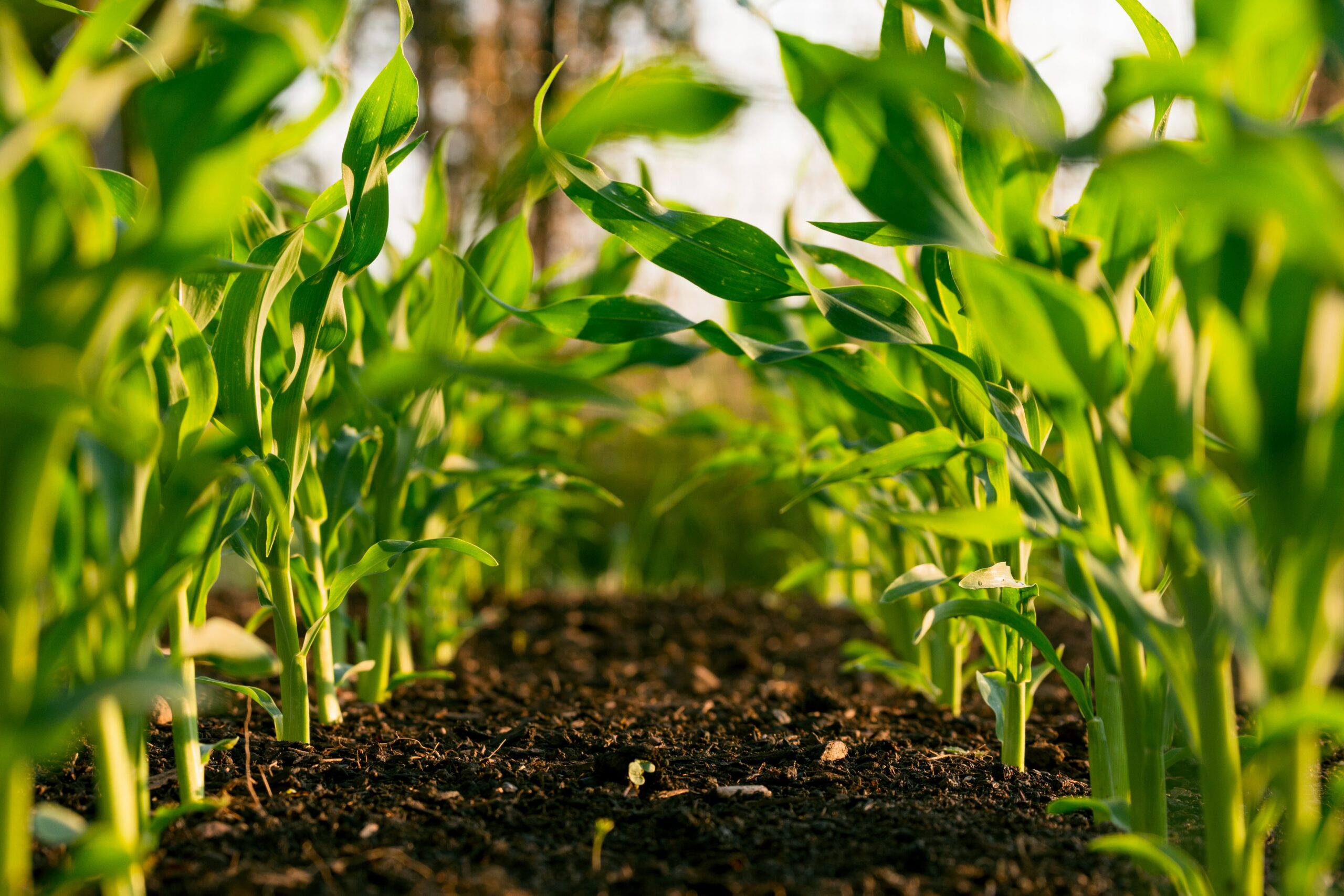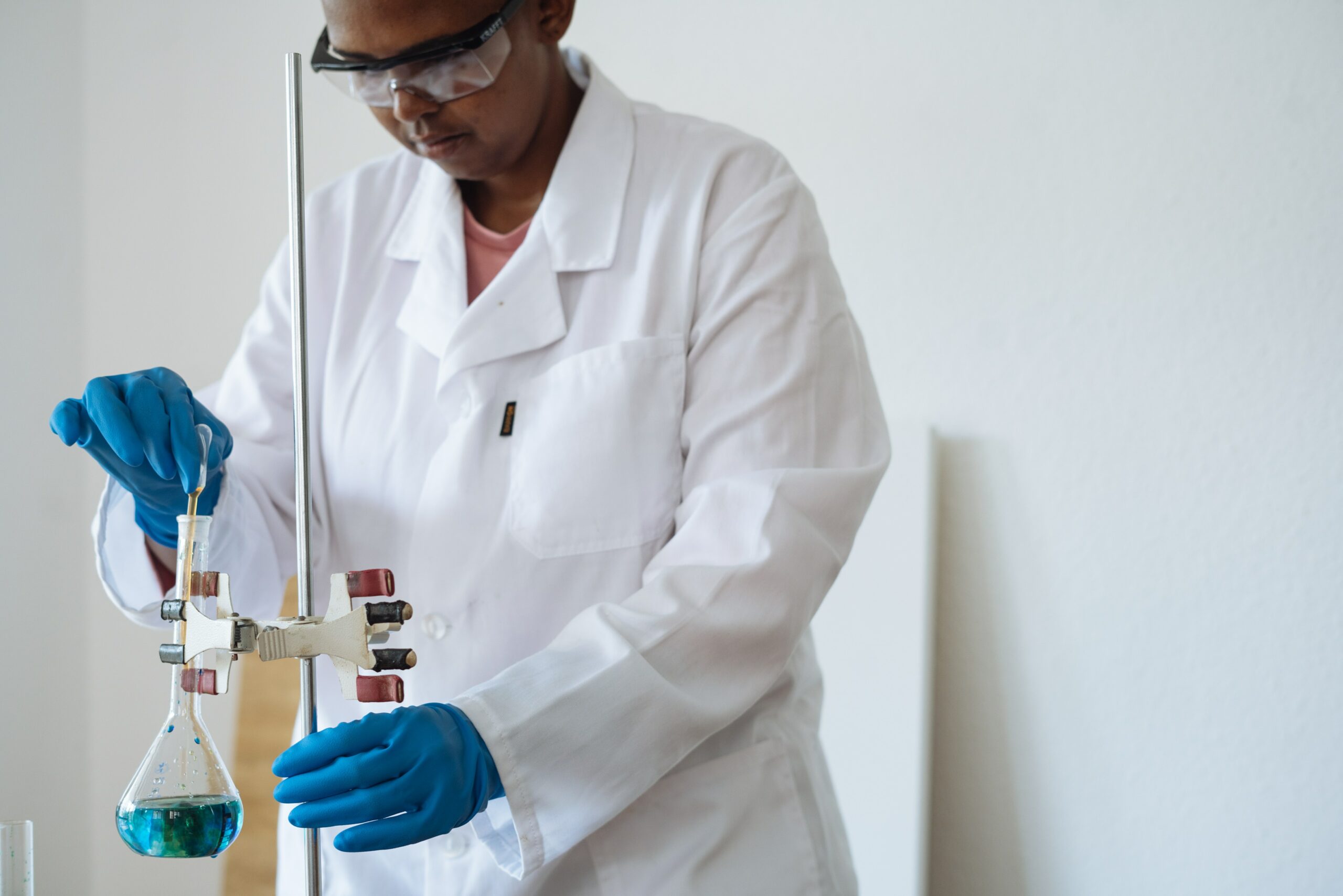
- 25 Jan 2022
- Leroy Silva
- Blog
- Comments: 0
Organic Farming is based on ecologically sound practices and technologies derived from scientific research. Traditional agricultural methods are based on natural biological processes, as well as contemporary technologies. This system will protect the health of the soil, ecosystems, and people.
Cultivation techniques such as rotation of crops and green manure/compost, mechanical cultivation, and biological pest management are all critical components. Among the many obstacles faced by farmers is the problem of pests, which include insects, illnesses, and weeds. For pest control, they combine cultural, biological, mechanical, physical, and chemical techniques.
A chemical approach:
Organic standards permit the use of naturally occurring compounds such as pyrethrin and rotenone, which are prohibited by conventional means. It can avoid synthetic insecticides with a broad spectrum of activity. In addition to disrupting natural management, these pesticides can also encourage the growth of secondary pests such as spider mites, brown planthoppers, and Rhizoctonia. The use of synthetic chemicals is likewise restricted in Organic Farming. Fixated coppers, hydrated lime, hydrogen peroxide, lime sulfur, and potassium bicarbonate are examples of this.

Practices that are a part of a society’s:
Make the crop or habitat unappealing by tampering with it. The oviposition preferences of both adults and immatures are distinguished by the host plants that they prefer or the sites that they like that they choose. Crop isolation, mixed cropping, and crop rotation are all ways to attain these goals.
Using the timing of sowing and planting can help young plants. The goal is to develop a tolerant state before an attack happens and to shorten the vulnerable phase. Management of trap and nursery crops and the surrounding environment is also covered to divert insect attacks from the harvest.
Pest management utilizing organisms other than humans:
An organic approach to controlling insect pests is based on biological control. Diseases that rely on predation, parasitism, and herbivory from other organisms. Other natural systems exist in which the farmer might actively participate in the management of their operations. These diseases are all examples of biological control agents.
Seed predators and herbivores are the biological agents used to control weeds in the natural environment. These agents are also antagonistic to plant pathogens. Imported biological agents can be used in Organic Farming.” Alternatively, farmers can supplement the naturally occurring population of natural enemies by releasing them in areas.
Control through mechanical and physical means:
It Should include cutting, mulching, and organic soil cover and barriers. By incorporating crop leftovers and soil amendments, tillage turns the soil between crops. It also eliminates weeds and affects the life cycle of pests as a result of its use.
Pest control techniques that are organic:
To develop and apply Organic Farming pest management best practices. A thorough understanding of crop and pest biology and ecology, as well as a thorough understanding of pest-crop interactions, is essential. Provided you follow the strict organic agricultural rules, of course. Several countries enforce an inspection, certification, and labeling system to ensure the quality of their products.
Despite the many standards and constraints, farmers must keep track of their actions in the fields. For all critical information, it serves as a convenient and organized repository. This software helps to keep track of organic supplies, labor hours, and money spent on farming operations.
It also aids farmers in their battle against the various laws and reports that come along with Organic Farming. From planting until harvesting, there are more than 20 separate reports on the farm’s activities. Tracking expended organic pesticide amounts is made possible by Argive. Fertilizers for specific fields and crops and their costs and the productivity of respective farms are available for downloading and printing. A farmer’s data is automatically reflected in the reports they create in the system.

